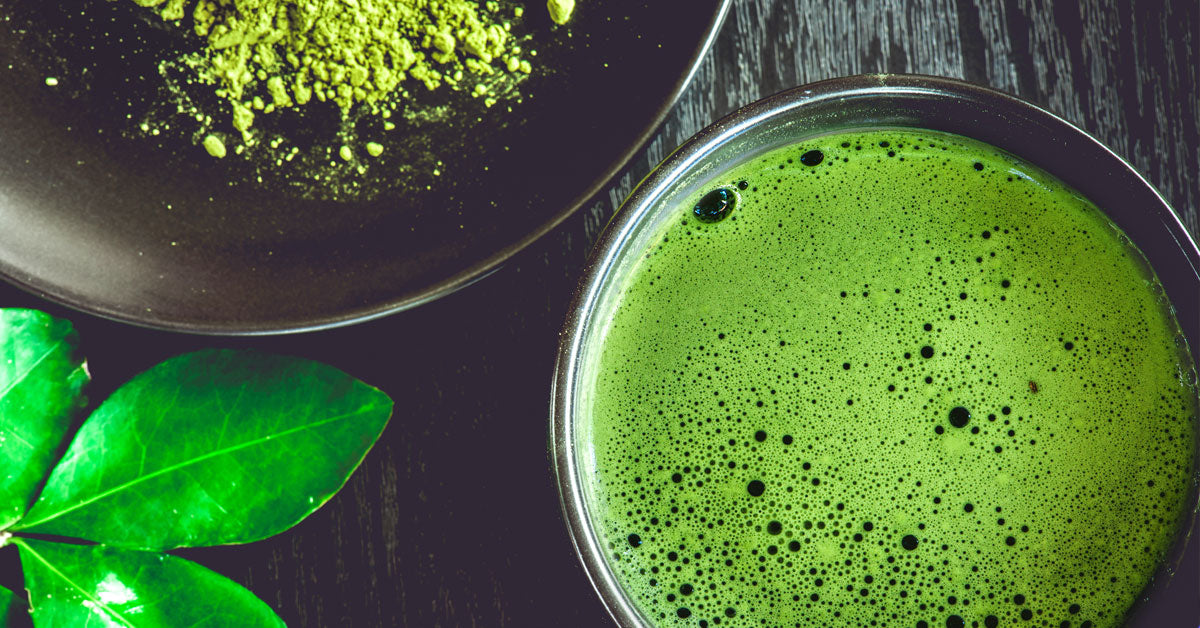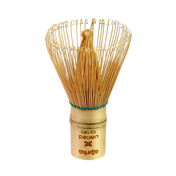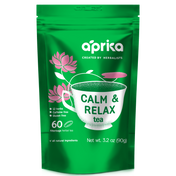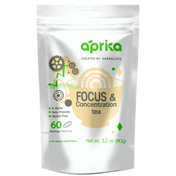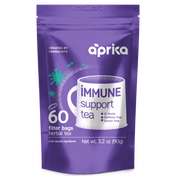Whether it was a warm latte or spoonful of the unmistakable green ice cream, it all started with the lasting impression made by the very first time you tried matcha-flavored anything. By now, you’ve read all about the incredible health benefits and you’ve decided to take the leap and purchase some to make at home.
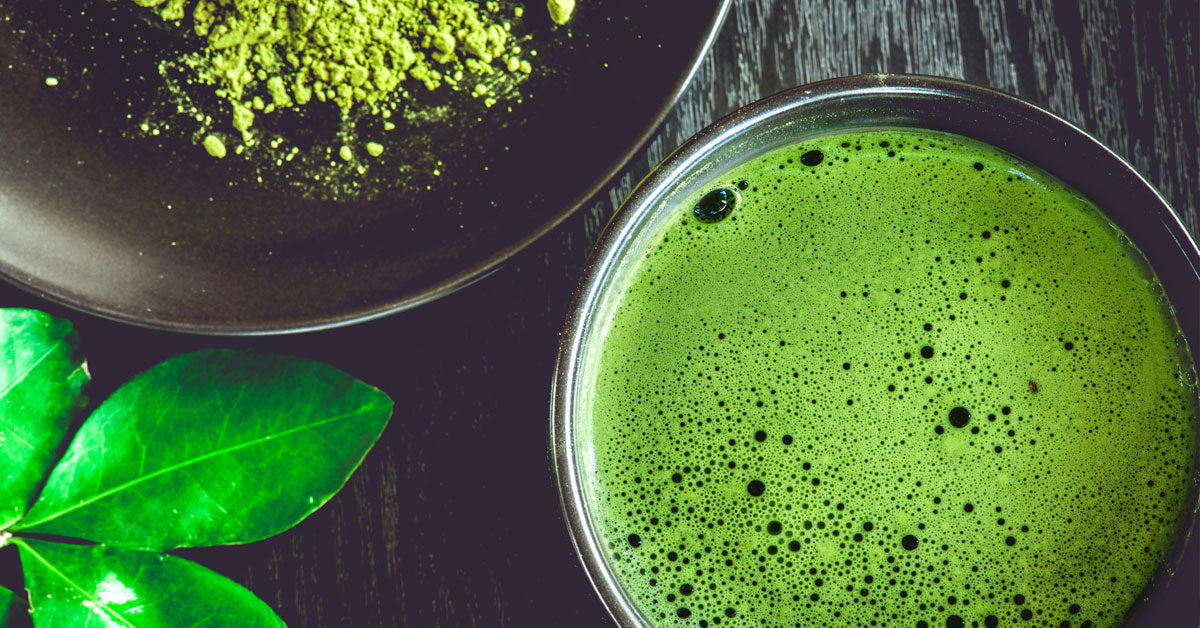
But hold on! Blindly selecting any brand of matcha is a careless mistake and what you don’t know could cost you. Did you know there are different types of matcha for different uses? For example, that decadent matcha ice cream is NOT made from the same powder used to make tea. Read on for a brief matcha 101 that will make you an expert in no time, so you can make the most informed decision and choose the right kind for your taste.
Understand the Different Grades of Matcha
It’s extremely important to read the labels on Matcha Tea. First, identify the grade you need based on what you’d like to use it for — ceremonial grade or culinary grade.
- Ceremonial grade Matcha: This is the highest grade of matcha made from the youngest tea leaves and has a delicate, naturally sweet taste. Special care goes into producing the powder which is extremely fine-ground. It’s best for mixing with hot water to drink as tea. To prepare: mix a half-teaspoon per 8 ounces of water with no added sweeteners or other ingredients.
- Culinary Grade or cooking grade matcha: This is specially blended and has a stronger, more distinct flavor and bitterness. It’s not a lower quality, simply prepared differently for use in cooking such as baking, smoothies, ice cream and lattes. Additionally, culinary grade matcha can be further broken down into additional categories. To prepare: blend 1-2 teaspoons with water or milk for use in recipes.
- Premium grade is the highest quality for cooking. It’s versatile, ideal for everyday use, is ultra fine and blends easily in water or milk for baking, cooking and beverages. It can also be enjoyed with hot water as tea, but might need a sweetener to balance the taste.
- Café grade is made with less delicate leaves and has a more robust flavor that brings out the earthiness in beverages like smoothies or lattes.
- Ingredient grade matcha has a thicker consistency, which pairs greatly with dairy products like ice creams and as main ingredient for sauces.
- Kitchen grade is a less-costly option to use for preparing matcha recipes in large batches. It’s the most astringent and is intended to be blended well with other foods as opposed to its higher-grade cousins which can be enjoyed as a main ingredient.
- Classic grade is the a lower-end blend that’s the most cost effective. It has a creamy taste with notes of bitterness that can be used in all types of recipes.
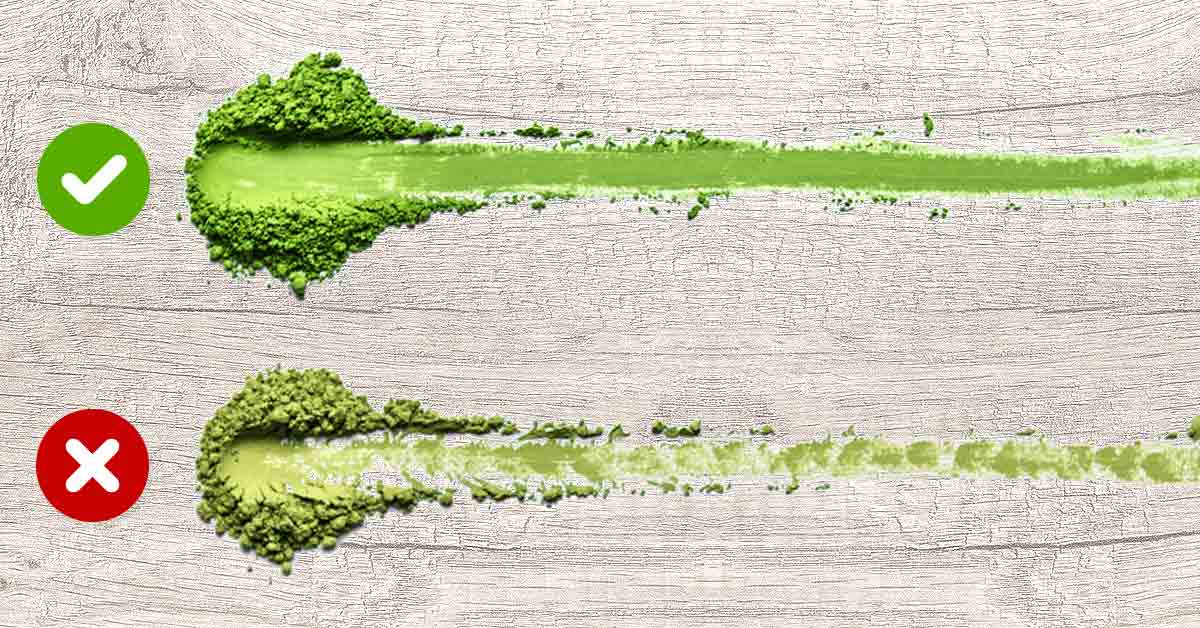
Color
High-quality matcha should be bright green and vibrant in color. Matcha that’s dark or dull in color will taste more bitter, and will lack the essential minerals and amino acids that detoxify, boost your metabolism and fight free radicals.
Know Their Origin
True, authentic matcha comes from Japan. When researching types of Matcha green tea powder, you’ll come across powder that comes from places like China and Thailand. While these imitations tend to come with a cheaper price tag, the quality may be questionable.
Organic vs Non-organic
When shopping for matcha green tea, look for packages with the USDA Certified organic label. USDA organic certification is a highly regulated process which tests the matcha powder for toxic chemicals in pesticides in every facility the tea was handled. This ensures your tea meets the highest possible standards of quality and safety for consumption.
Aprika Matcha Is Made with You in Mind
Enjoy all the benefits of premium, culinary grade organic Japanese matcha green tea. Aprika only uses 100 percent organic green tea powder that’s USDA certified organic and can be used in baking, smoothies, ice cream, lattes and more. Because it’s the highest culinary grade, it can also be enjoyed as tea with added sweetener.

